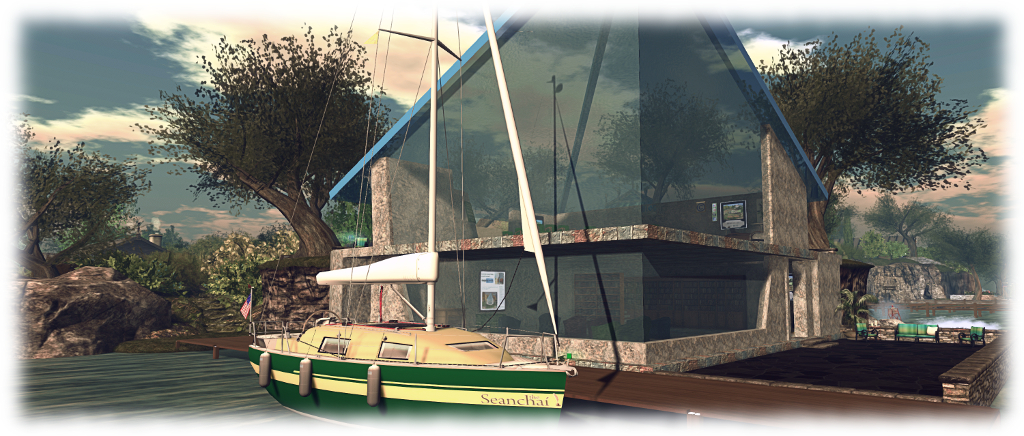
If all goes according to plan, the United States will make its first crewed launch from its home soil since the space shuttle programme drew to a close in 2011.
On May 27th, 2020, shrouded in additional safety protocols to protect crews from the SARS-CoV-2 virus, a SpaceX Falcon 9 booster should lift off from the company’s launched pad – leased from NASA – at Launch Complex 39A, Kennedy Space Centre, Florida. Aboard the Crew Dragon vehicle at the top of the rocket will be NASA veterans Robert L. Behnken and Douglas G. Hurley, who will be heading to the International Space Station (ISS).
The primary goal of the mission – referred to as Dmeo-2 by SpaceX and SpX DM-2by NASA – is to confirm the SpaceX Crew Dragon vehicle is ready to commence operations ferrying crew to and from the ISS. To this end, NASA has contracted SpaceX to provide the agency with 6 Crew Dragon launches to carry four astronauts at a time to and from the ISS; the vehicle is actually capable of carrying up to seven per flight, but NASA will use the additional capacity for light cargo and equipment bound for the ISS.

In addition to flying crews on behalf of NASA, SpaceX has also been contracted by Axiom Space to fly one Axiom professional astronaut and three private astronauts at a time to the ISS for periods of around 10 days at a cost of US $55 a seat. However, these private astronauts are not necessarily space tourists: Axiom is committed to developing the world’s first fully commercial space station.
As a part of this, the company entered into an agreement with NASA to dock three of its own space station modules to the ISS to kick-start their station development, with the first module potentially being launched in 2024. These modules will be used to host experiments and research by Axiom and their partners; following the retirement of the ISS (around 2028), Axiom plan to launch their own power and thermal module, airlock system and habitation module to replace the ISS facilities.
Not that SpaceX and the Crew Dragon won’t be involved in space tourism; the company has also partnered with Space Adventures to provide sets to fly up to four space tourists at is time on orbital flights lasting between three and five days. These will have an apogee three times that of the ISS and higher than the Earth orbital altitude record set by Gemini 11 in 1966.

In the meantime , this first crewed flight with see Behnken and Hurley rendezvous with the ISS the day after launch (May 28th if the launch goes ahead as planned). The docking will be carried our autonomously – as will the majority of the flight, although the crew can fly the vehicle manually at any time, including the docking. Once at the ISS, the crew and vehicle will remain there for around four weeks, before making a return to Earth.
Hurley and Behnken arrived at Kennedy Space Centre on May 20th, ahead of the final flight readiness review (FRR) for the mission, which took place on May 22nd. This cleared the mission for its planned launch after an extensive review of all the Crew Dragon’s systems, notably its parachute system, which has been a point of concern for NASA after the parachutes had to go through a complete redesign and a rapid series of tests in the lead-up the the flight.
Following the FRR, SpaceX proceeded with a standard static-fire test of the Falcon 9’s first stage engines in readiness for launch, which the booster completed successfully. On Saturday, May 23rd, crew and vehicle went through full launch dress rehearsal. This will be followed by a final series of tests and checks on both the booster and Crew Dragon vehicle in the lead up to the launch, which is currently scheduled for 16:33 EDT on May 27th. It will come just over a year since Crew Dragon made its first (uncrewed) flight to the ISS in May 2019.

Crew Dragon is intended to be semi-reusable, with each capsule potentially capable of being re-flown after refurbishment following a flight. However, the vehicles used by NASA will only be flown once each. It has been said this is due in part to a decision not to use Dragon’s propulsive landing capabilities with NASA missions, but to instead make ocean splashdowns when returning crews to Earth, exposing the capsules to sea water contamination. Even so, it is estimated the per-seat cost for launching NASA astronauts on Crew Dragon is around 40% less than the cost of a seat on the Boeing Starliner.
Continue reading “Space Sunday: launches, names, and departures”








